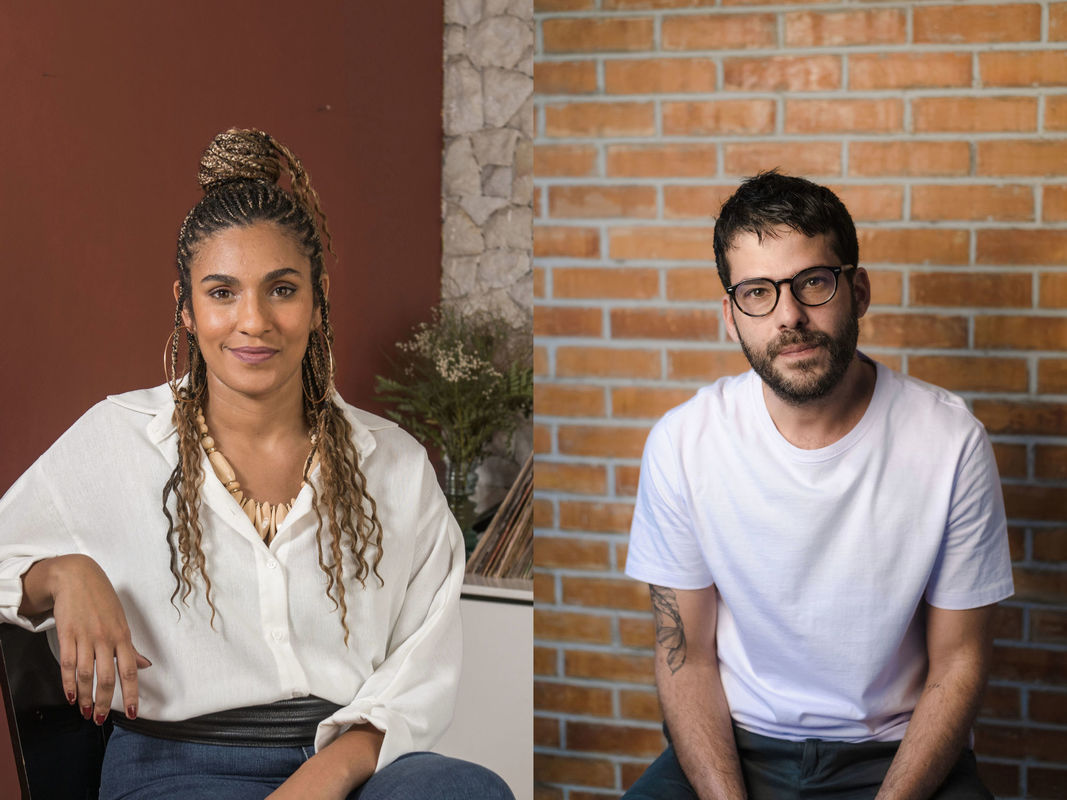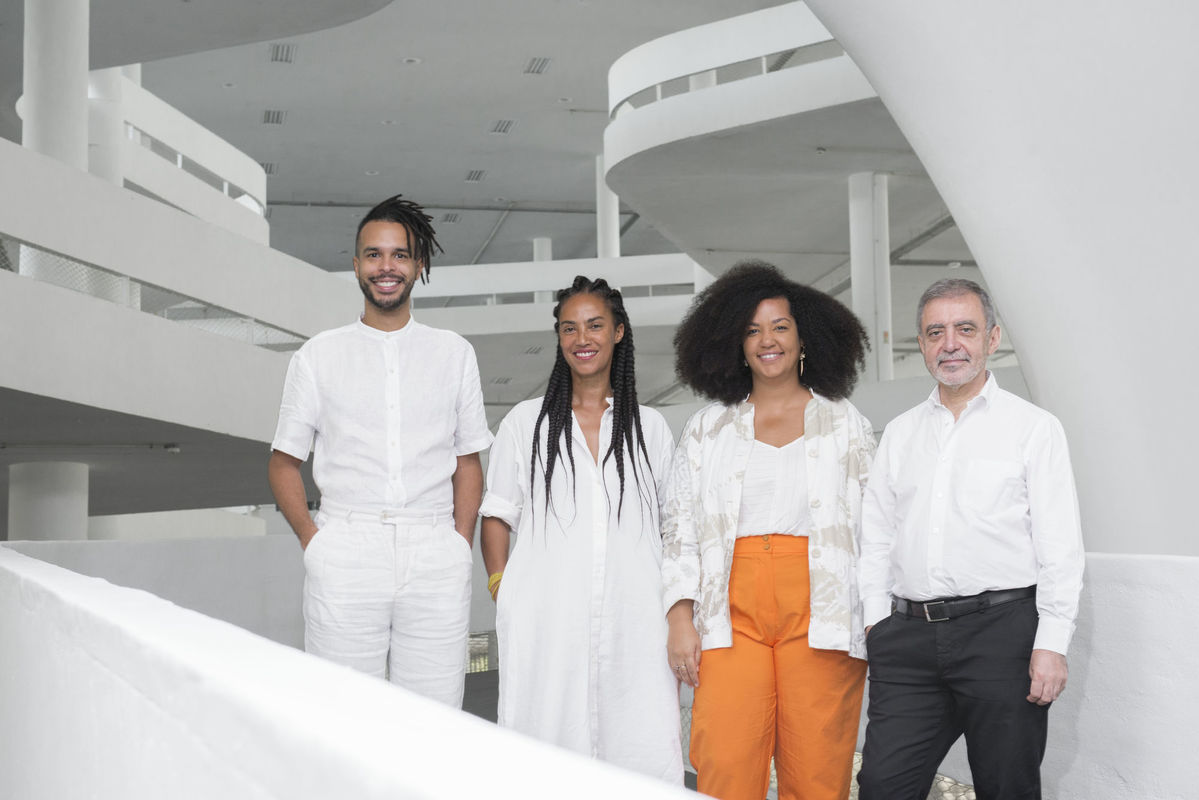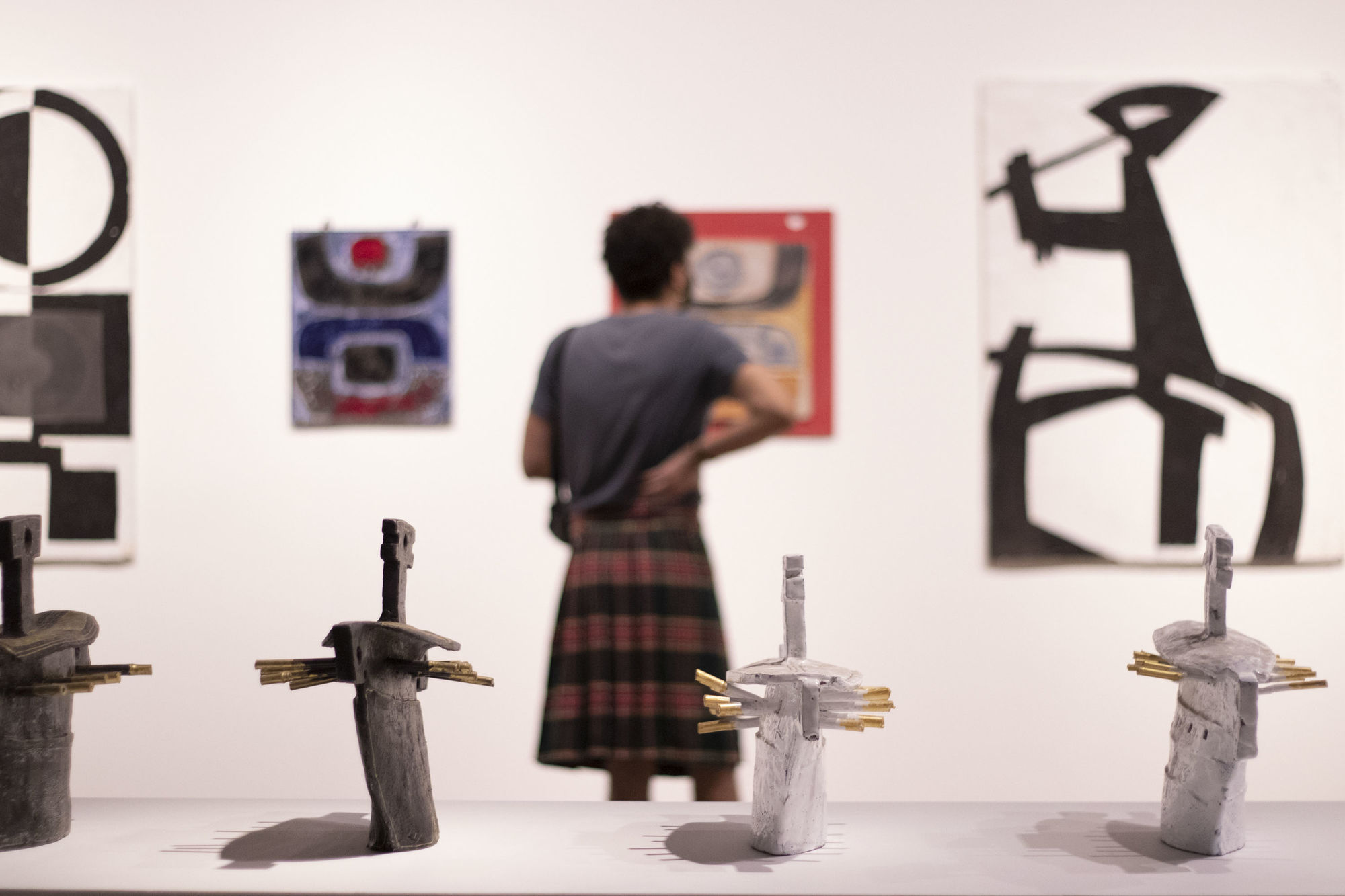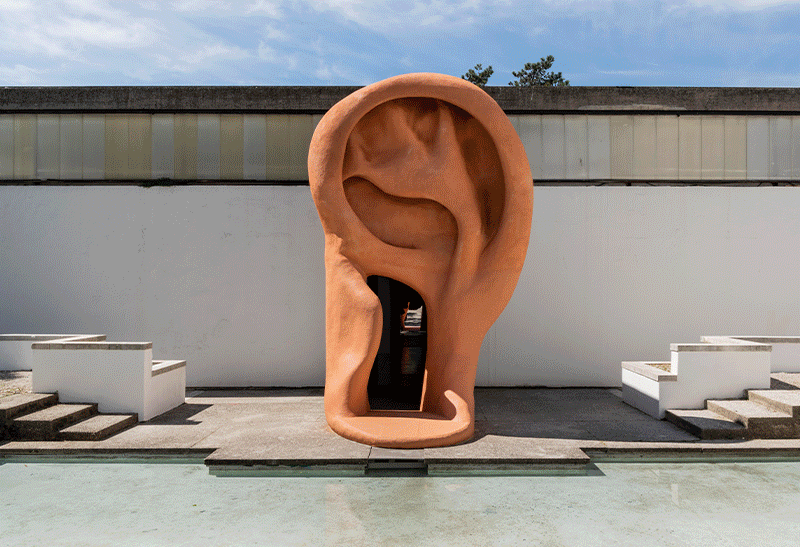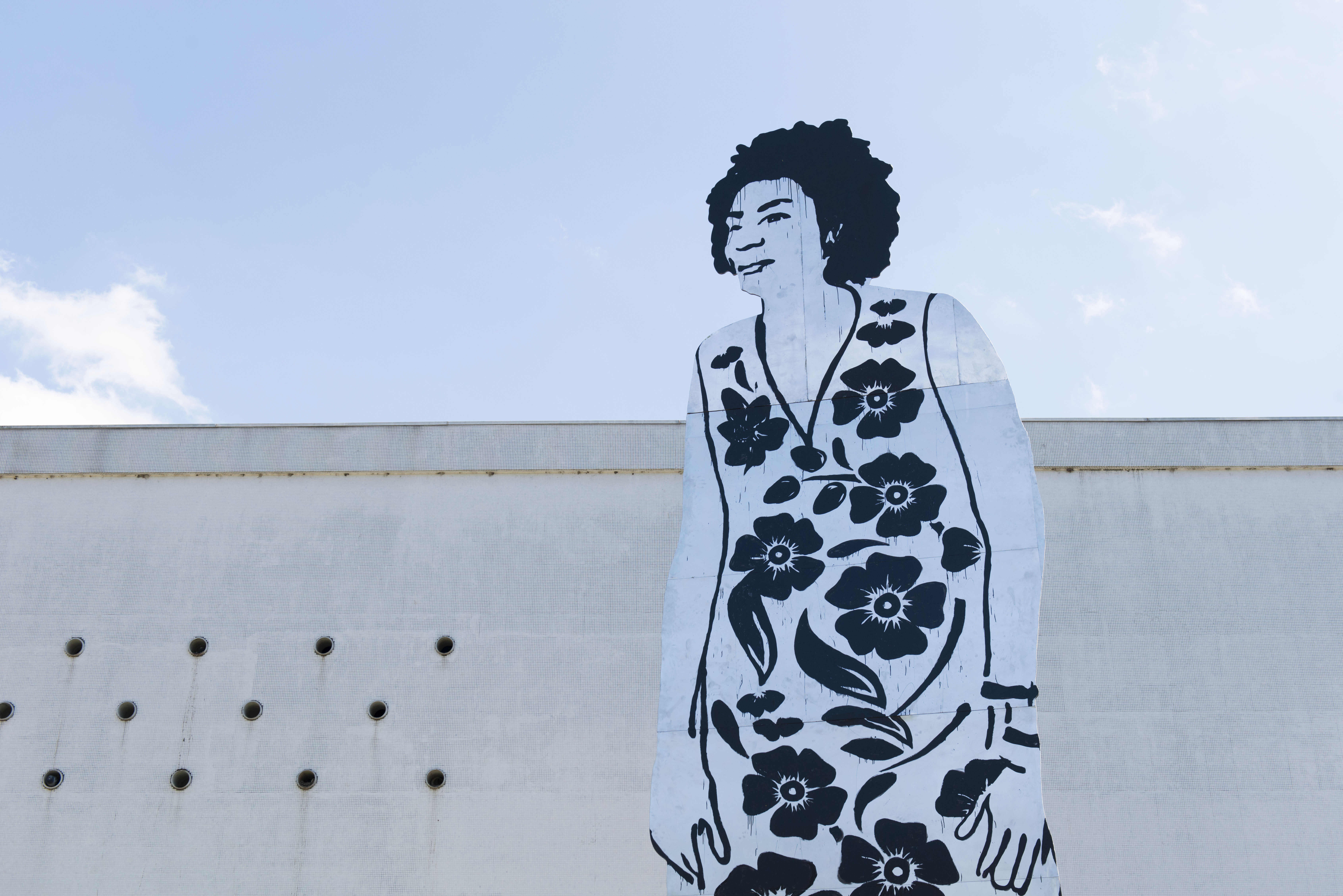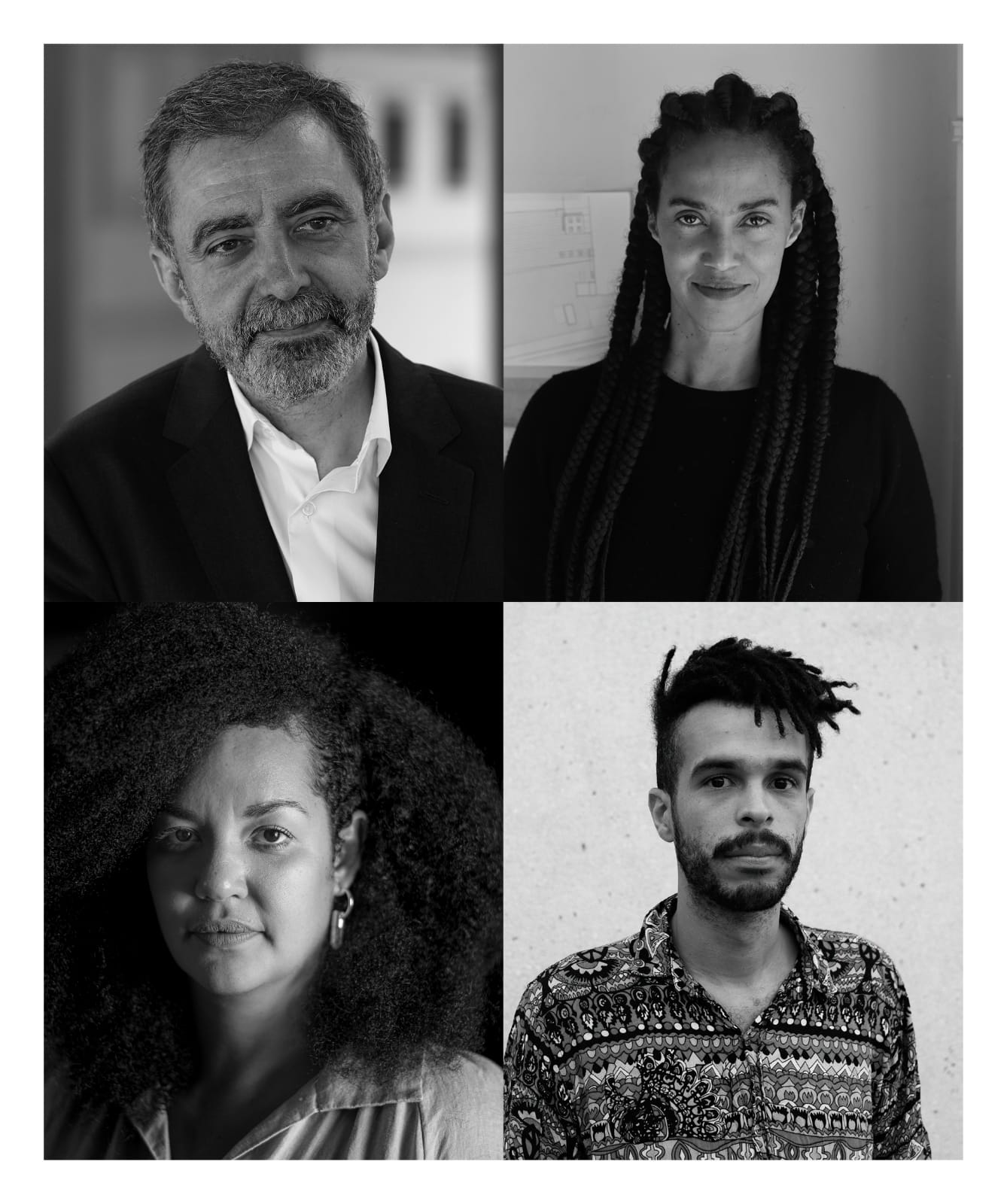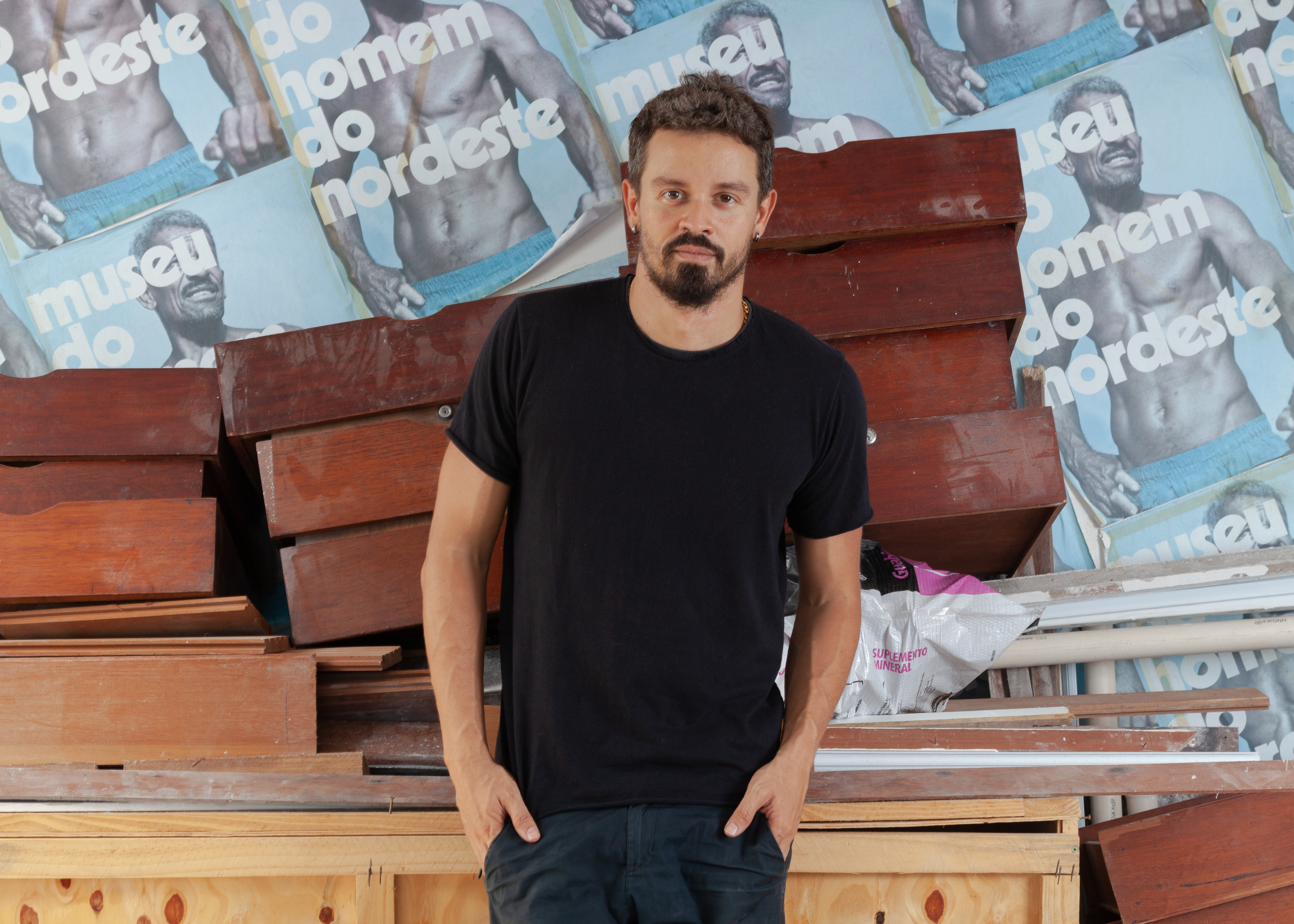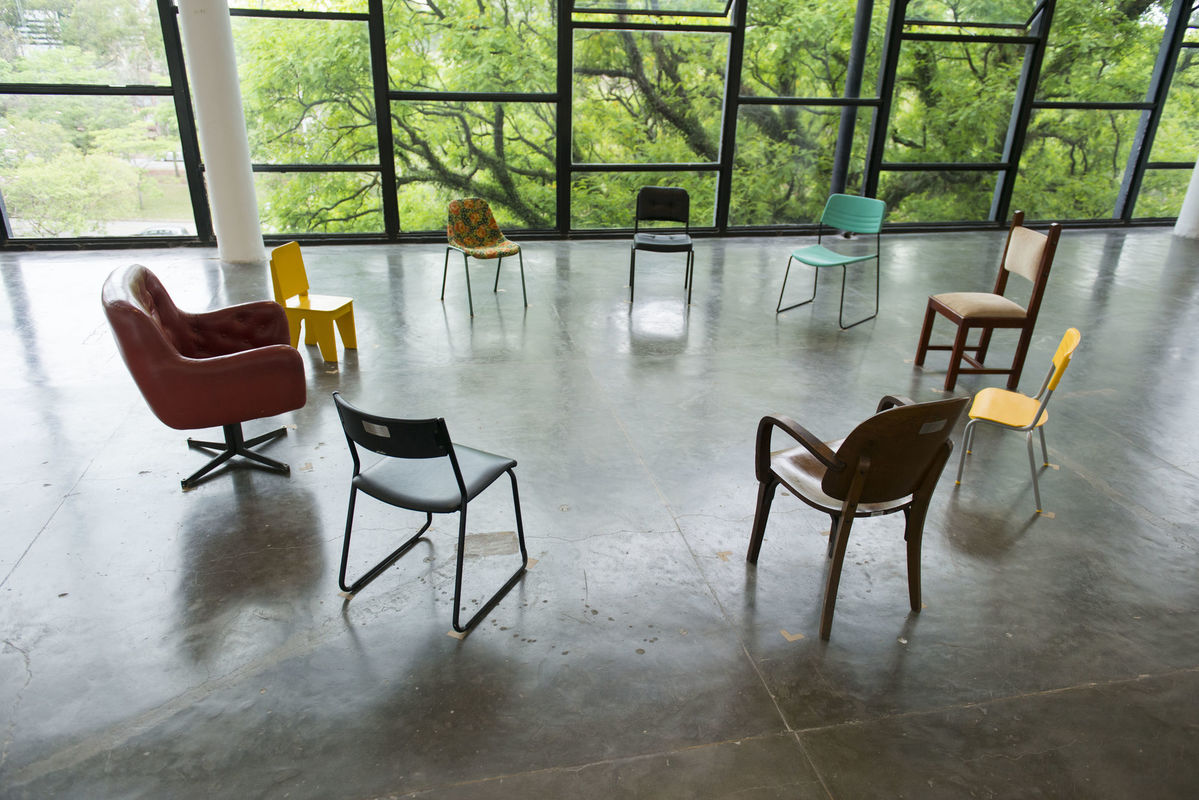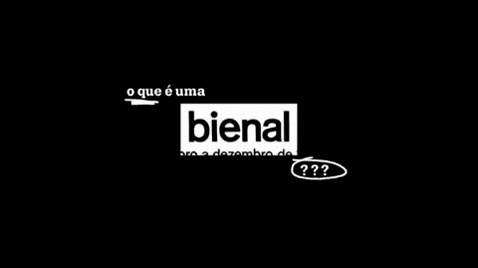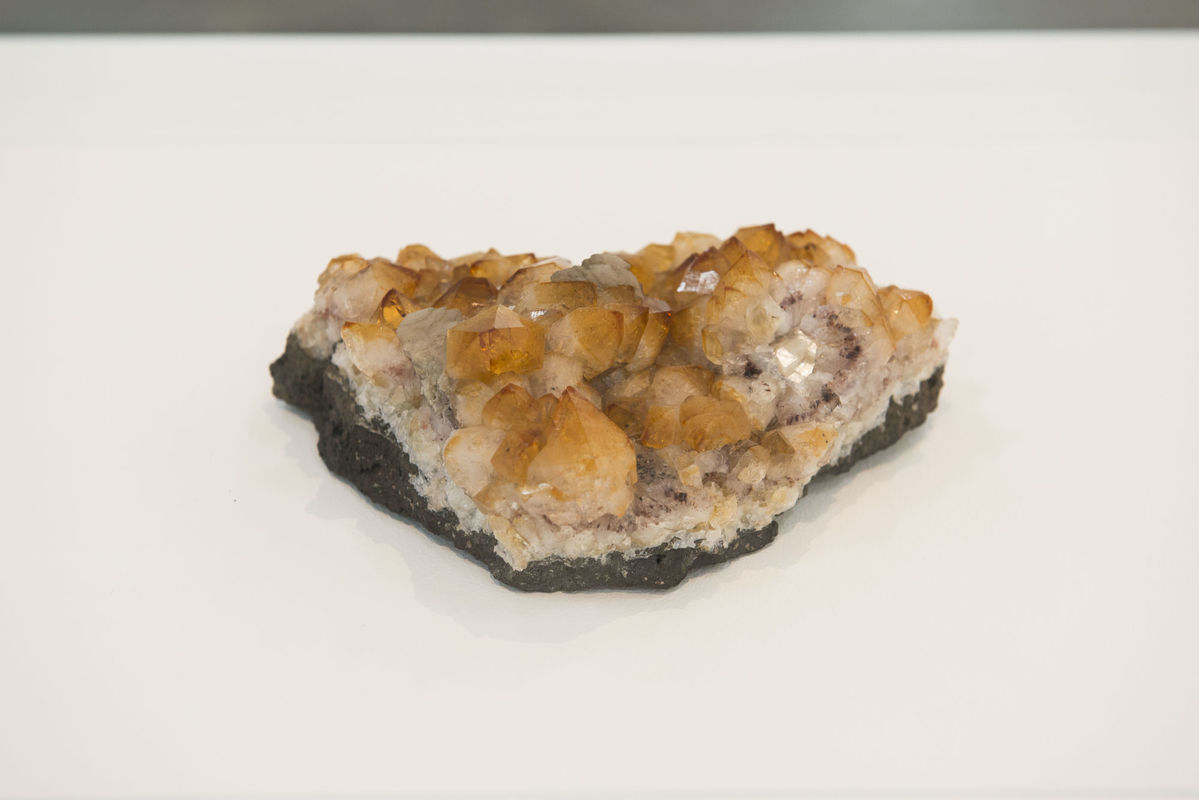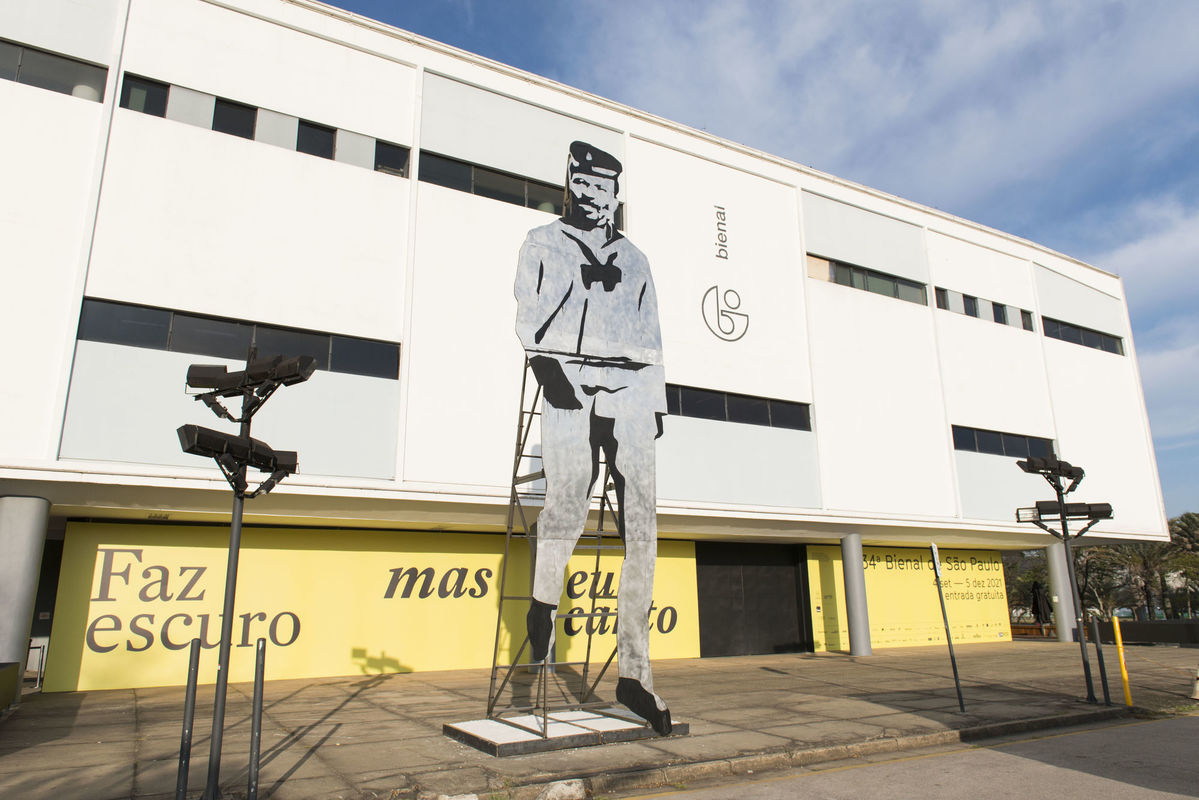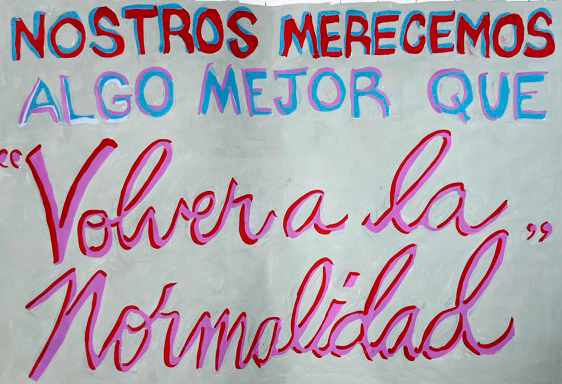
The 34th Bienal de São Paulo – Faz escuro mas eu canto [Though it’s dark, still I sing] launches its bilingual website on May 12, where it is possible to access details of the Bienal’s main group show and its various solo shows, as well as its educational publication and new texts on the participating artists. The Bienal will hold its group show from October 3 through December 13, 2020 (dates may change due to the Covid-19 pandemic) and is delighted to announce that three further participants’ names have been confirmed: Carmela Gross, Daniel de Paula and Gustavo Caboco.
The Bienial’s new website offers details of the group and solo exhibitions, allowing for a deeper understanding of the participating artists as they are announced. Visitors can also see the complete calendar for the year, download related publications and educational materials, access video and audio content produced by the Fundação Bienal for this year’s show, and explore other content, such as photos of artworks by the invited artists, curatorial exchanges and complementary subjects. The site will remain as a living platform until the end of the program of traveling shows (which traditionally takes place the year after each edition). New content will be published throughout this period, including texts about the artists as their participation is announced (about ⅔ of the participants are yet to be revealed), new publications, audiovisual materials and recordings.
The site is part of a wide-ranging and long-standing project by the Fundação Bienal for the production and dissemination of digital content online. They pioneered digital communications, as the first Bienal to have its own site was the 23rd edition in 1996, at a time when the Internet was still relatively new in Brazil and around the world. This practice has been maintained each consecutive edition until now. Since the 29th edition, in addition to its own site, each Bienal has also offered virtual visits. The Fundação Bienal, which enjoys many followers and intensive engagement across its social networks, also maintains the Bienal Portal, where virtual visitors can find the archived sites for all editions of the Bienal, exclusive content about the Fundação Bienal’s various cultural initiatives, and the digitized collection of the Bienal’s historical archives – the Arquivo Histórico Wanda Svevo.
José Olympio da Veiga Pereira, president of the Fundação Bienal de São Paulo:
“Working to ensure that an increasing number of people have access to contemporary art is one of the main missions of the Fundação Bienal and, in a country of the scale of Brazil, digital media are important to achieving this goal. In our view, the sites of the various editions of the Bienal are tools that can complement the visitor’s physical experience of the exhibition space: they do not substitute it, but they offer additional content and other ways of relating with the shows. Art is an innate part of being human. Now, when our society is facing an enormous challenge, cultural and symbolic production is more necessary than ever. And, at least while we cannot physically attend the exhibitions, the digital initiatives gain relevance as possible sources of aesthetic experience.”
New artists
Adding to the previously released list of 28 artists who will be participating in the group show, presented from October 3 to December 13, 2020, the names of three further artists are confirmed: Carmela Gross, Daniel de Paula and Gustavo Caboco. Each has contributed to the educational publication of the 34th Bienal. In addition, Neo Muyanga, Noa Eshkol and Eleonora Fabião have also contributed to the publication, which is available to download at the exhibition’s website. The complete list of participants at this year’s Bienal, which will feature around 90 artists, will be released between May and June.
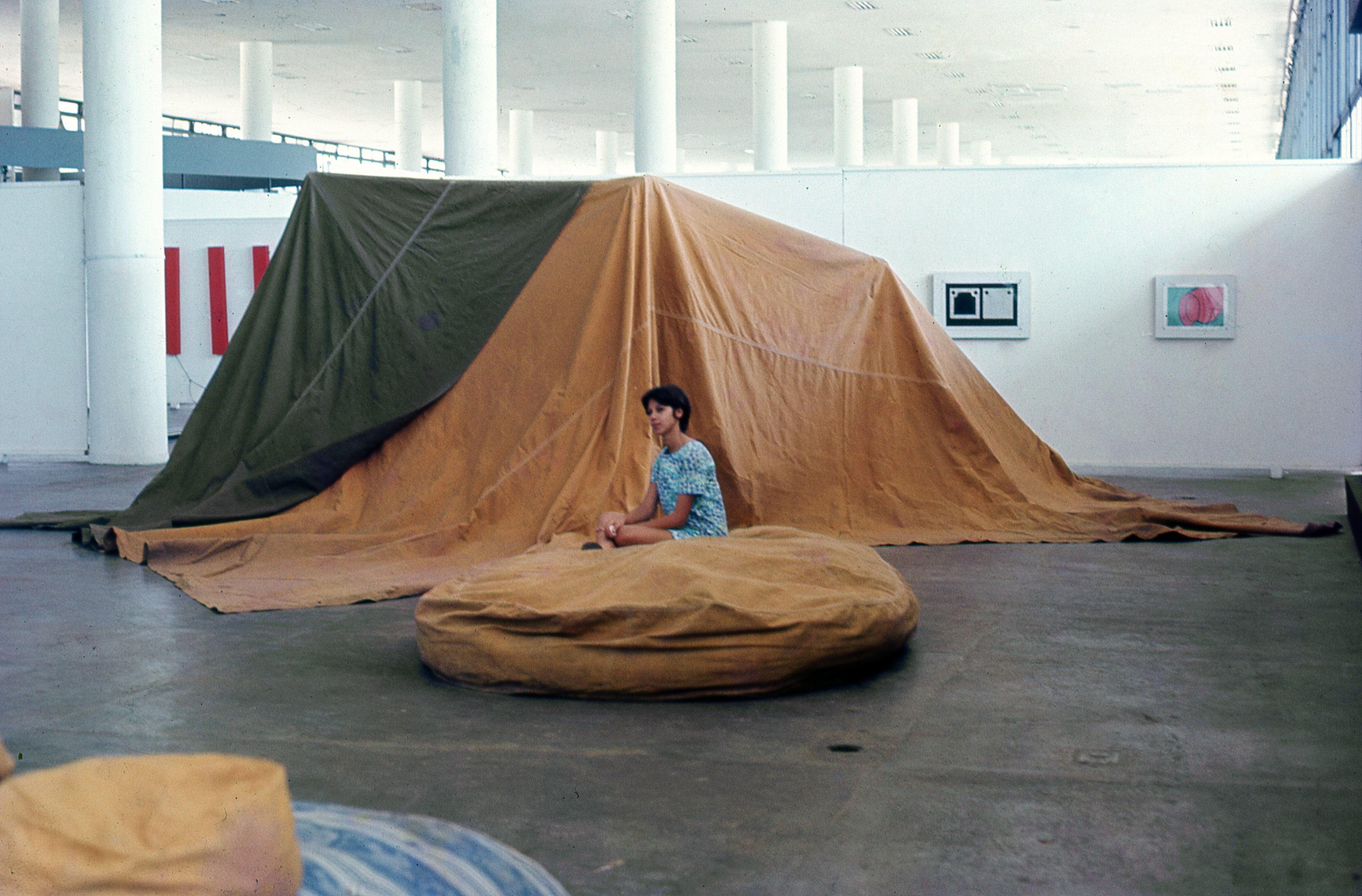
Carmela Gross (1946, São Paulo, SP) has a relationship with the Bienal that goes back many years, having already participated in seven editions (1967, 1969, 1981, 1983, 1989, 1998 and 2002). The artist produces large-scale works that are inserted in the urban space and convey a critical view of architecture and history. Each of her works involves a set of operations that emphasizes the dialectic relationship between the artwork and the surrounding space, and between the artwork and the public. Gross has shown extensively in institutions around the world and has participated in three editions of Arte Cidade (1994, 1997, 2002), in the city of São Paulo; in the 2nd Bienal Nacional de Artes Plásticas (1968) in Salvador; in the 2nd Contemporary Art Biennial of Moscow (2007) in Russia; and in the 5th Bienal do Mercosul (2015) in Porto Alegre.
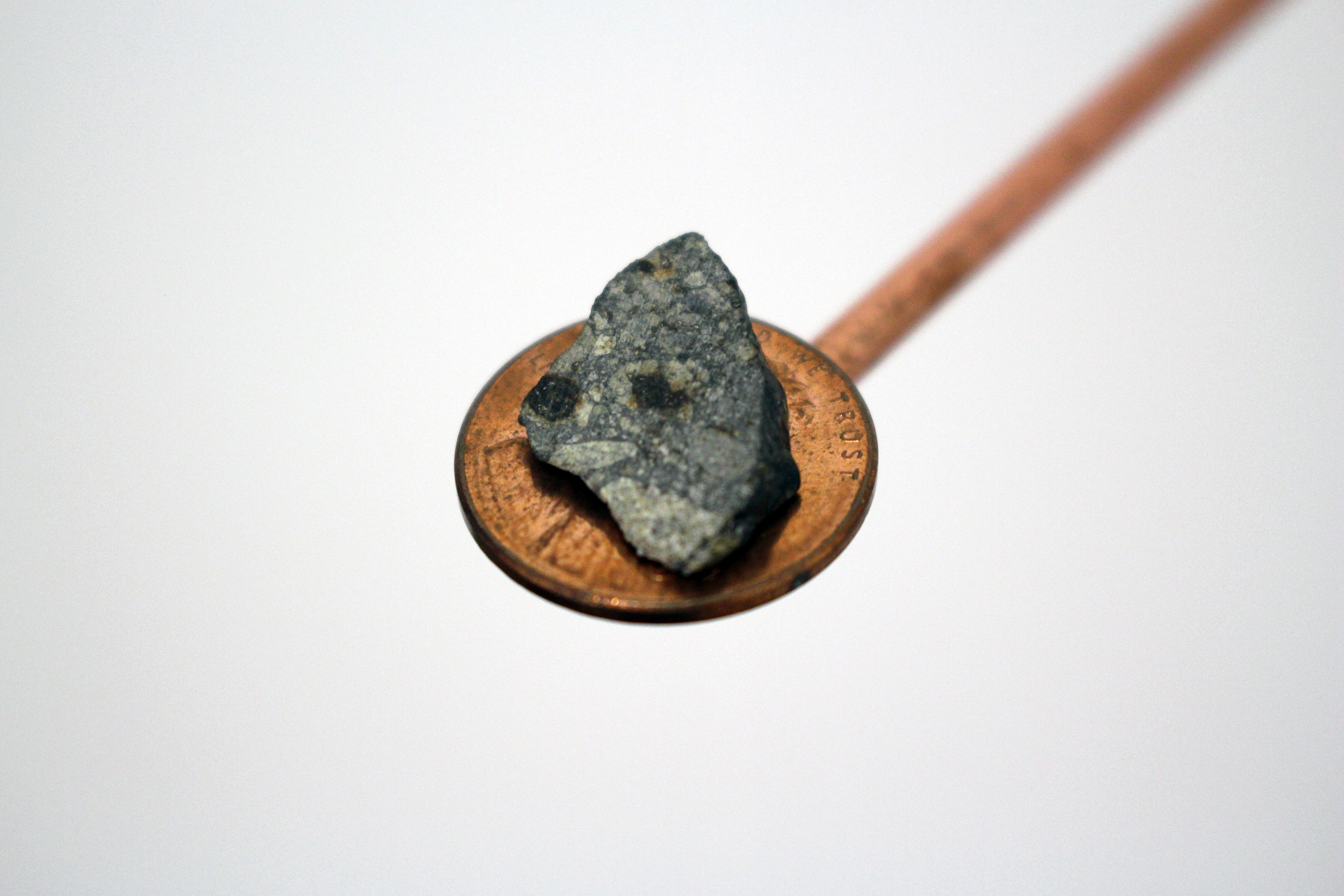
Daniel de Paula (1987, Boston, USA), a Brazilian artist and researcher born in the USA, has developed a practice that ranges outside the realm of art, intersecting with notions from the fields of geography, architecture and history. The artist’s works and propositions reflect on the production of space as a reproduction of dynamics of power, thus revealing critical investigations on the social, political and economic structures that frame places and relationships. He has participated in exhibitions at institutions that include MASP, Pinacoteca and Estação Pinacoteca, MAC USP, and Centro Cultural São Paulo.
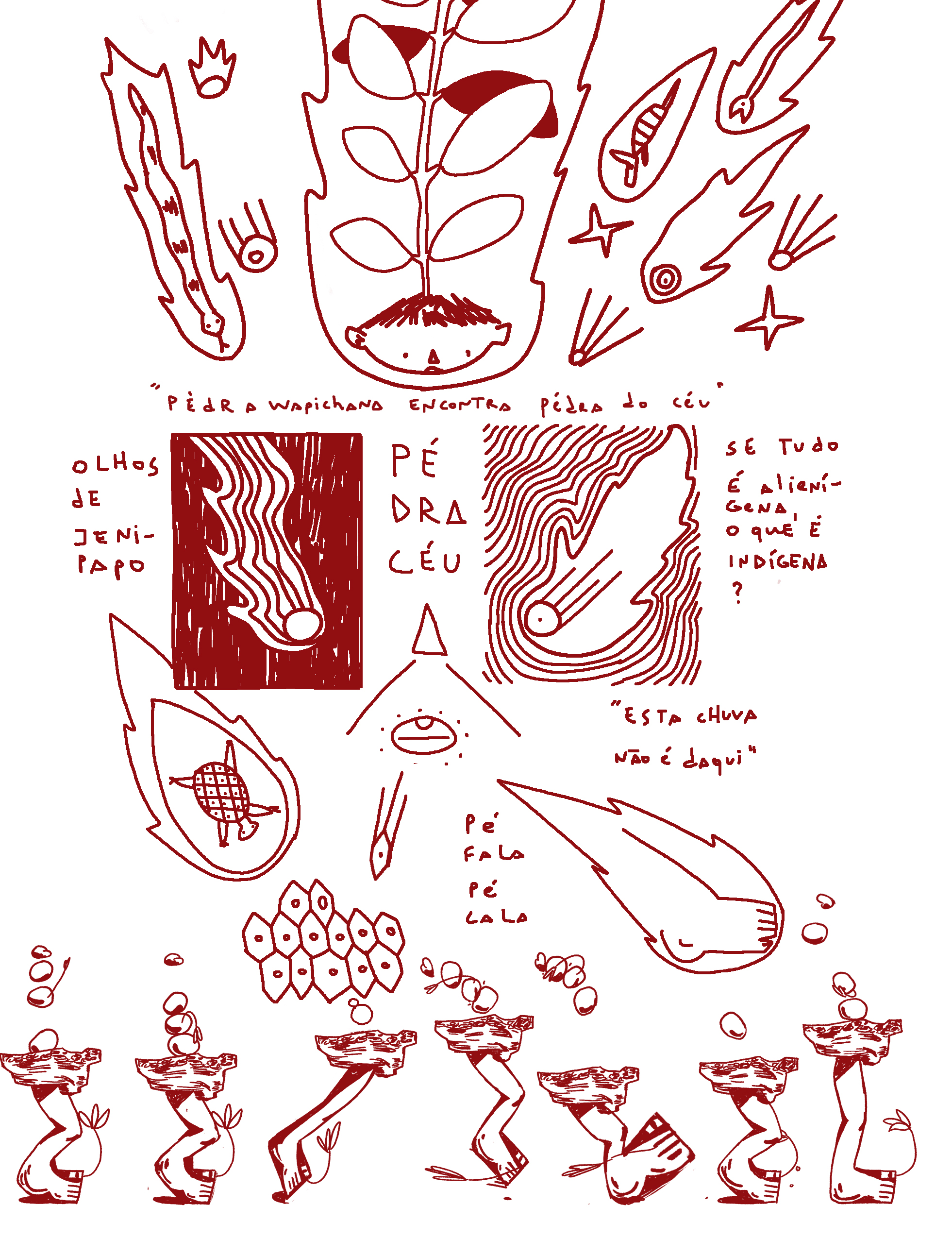
Also participating in the group show is Gustavo Caboco (1989, Curitiba, PR). Born in the capital of the state of Paraná and raised in an urban environment, Caboco is of Wapichan ancestry, as is his mother, who was uprooted from her people when she was ten years old. In 2001, they both returned for the first time to their village, Canauanim (in the state of Roraima), where Gustavo was introduced to his grandmother and relatives. Since then, his own mindset has become increasingly reconnected with the life and struggle of his people, just as he has become aware of the violence of the processes that had artificially separated his identity from his family's history. His work in art is part of his effort to weave networks that connect him with his roots, while simultaneously producing convocations that re-echo the voices of the indigenous peoples and of the beings they know how to listen to, such as the plants, the stones and the rivers. For this reason, the artist’s diction purposefully overlays the personal with the political, desire with memory, and the factual with the speculative.
A Digital Bienal
Held in 1996, the 23rd Bienal de São Paulo was the first edition of the event to have its own website. It was created in partnership between the Fundação Bienal do São Paulo and UOL, a pioneering Internet provider and portal in Brazil, which remained partners of the Fundação Bienal for the 24th edition. From the 25th Bienal onward, recognizing the important role that the Internet could play in the spread of contemporary art, the Fundação Bienal has developed its own websites for each edition of the show. All of the Bienal’s websites are independent and have their own visual identity, structure and types of content. For some editions, applications and other online actions were also developed, allowing the public to access complementary information about the exhibition, including virtual visits to all the editions from 2010.
In addition to the shows and exhibitions, since 2002 the Fundação Bienal has offered its own communication channel: the Bienal Portal, an online platform that features the websites for each of the editions, along with exclusive content about the Fundação’s cultural initiatives. The site also includes the Bienal’s archives – the Arquivo Histórico Wanda Svevo – with more than a million documents concerning the various editions of the Bienal do São Paulo and their unfoldings in art history. Moreover, to ensure longevity for its digital output, since 2010 all of the Fundação’s sites and applications have been developed on the basis of a structure designed and deployed by the institution.
34th Bienal de São Paulo
Marked by mutual encounter and leverage between the curatorial project and the Bienal’s institutional activity, the 34th Bienal de São Paulo emphasizes the multiplicity of possible readings of an artwork and an exhibition based on the concept of “relations”, approached by thinkers such as Édouard Glissant and Eduardo Viveiros de Castro. The project adopts an innovative structure of functioning, which involves the holding of shows and the presentation of actions in the Bienal Pavilion, coupled with a concerted network of related events held in partnership with the Bienal at institutions in the city of São Paulo. It was within this context that the exhibition of Peruvian artist Ximena Garrido-Lecca was presented between February and March 2020, with a new performance by South-African artist Neo Muyanga taking place during the opening. The dynamics of the solo exhibitions was interrupted due to the Covid-19 pandemic, with the remaining exhibitions being re-conceived by the curators.
With Jacopo Crivelli Visconti as chief curator, the curatorial team also includes Paulo Miyada (adjunct curator), and Carla Zaccagnini, Francesco Stocchi and Ruth Estévez (guest curators). For the publications, Elvira Dyangani Ose is the guest editor, and her participation is a collaboration with The Showroom, London.
Faz Escuro Mas Eu Canto [Though It's Dark, Still I Sing]
Considered more a statement than a theme, the title of the 34th Bienal de São Paulo, Faz escuro mas eu canto, is a line from a poem by Thiago de Mello (1926, Barreirinha, Brazil), published in the book by the same name in 1965. In his work, the Amazonian poet speaks clearly about the problems and hopes of millions of men and women around the world: “Hope is universal, the social inequalities are universal as well […]. We are at a moment at which the apocalypse is gaining on utopia. For some time now I have made the choice: between apocalypse and utopia, I’m staying with utopia.” Chief curator Jacopo Crivelli Visconti adds: “With its title, the 34th Bienal recognizes the state of anguish of the contemporary world while underscoring the possibility of the existence of art as a gesture of resilience, hope and communication.”
34th Bienal de São Paulo – Though It's Dark, Still I Sing
group exhibition
3 October – 13 December 2020
Ciccillo Matarazzo Pavilion (Bienal Pavilion), Ibirapuera Park
São Paulo, Brazil
Free admission
Curatorial team
Chief curator: Jacopo Crivelli Visconti
Adjunct curator: Paulo Miyada
Guest curators: Carla Zaccagnini, Francesco Stocchi and Ruth Estévez
Guest editor: Elvira Dyangani Ose in collaboration with The Showroom, London
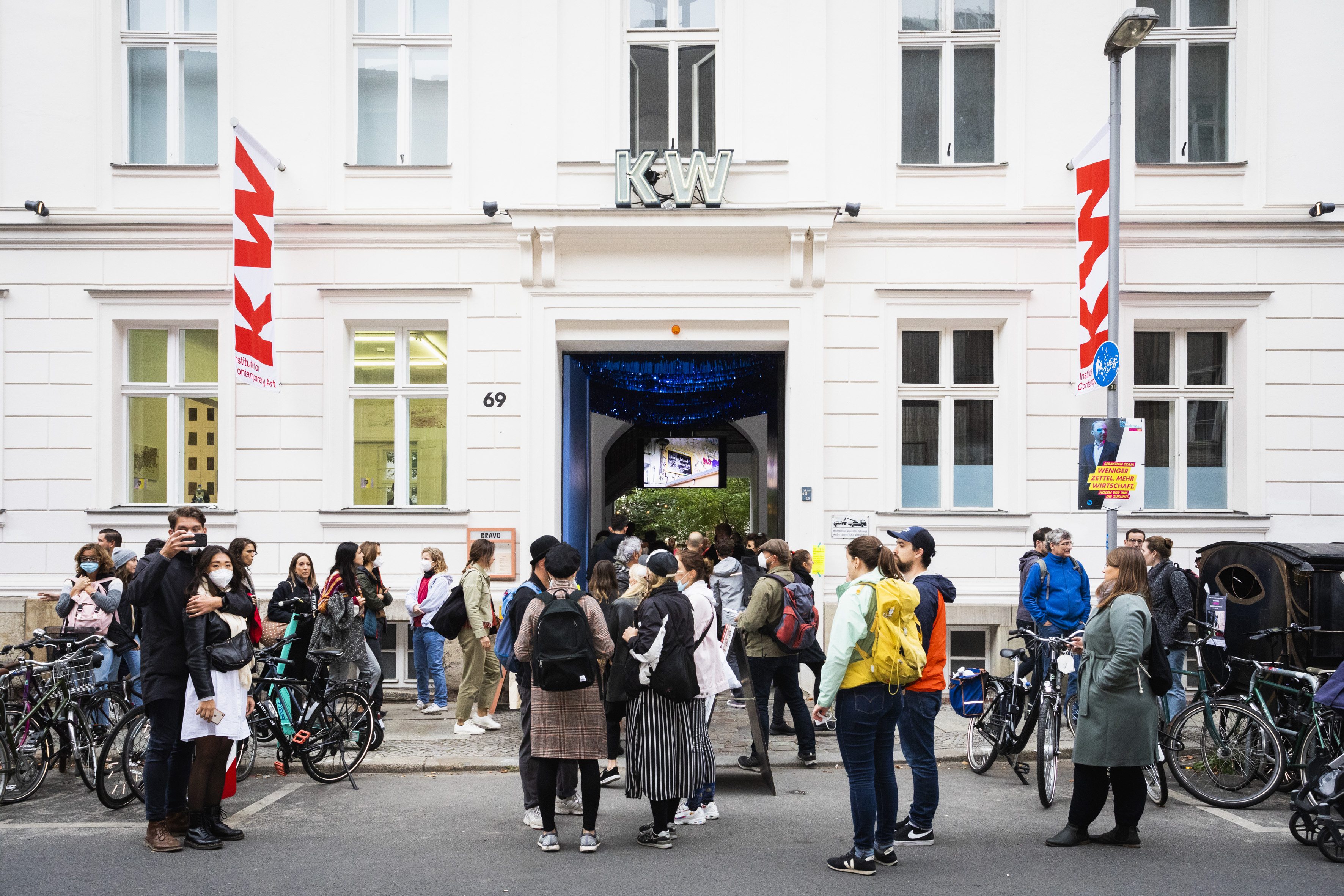

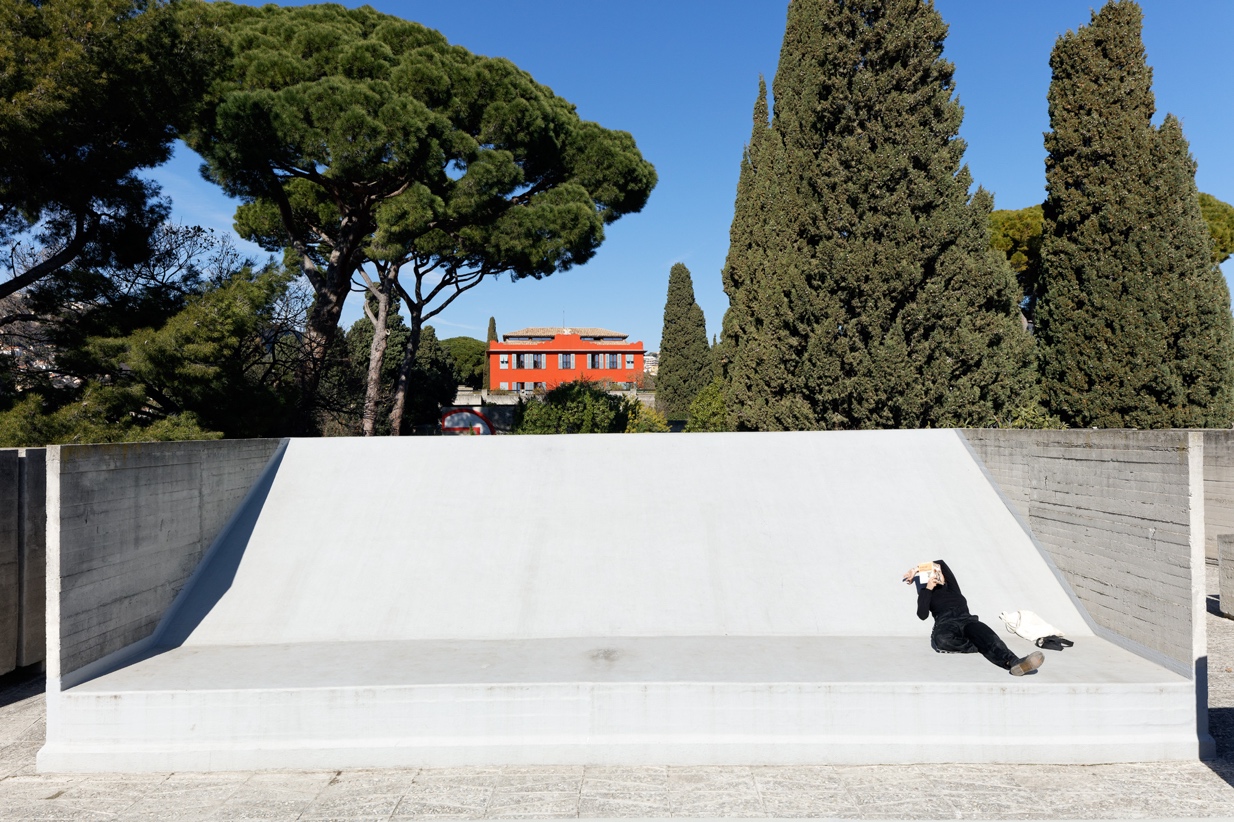
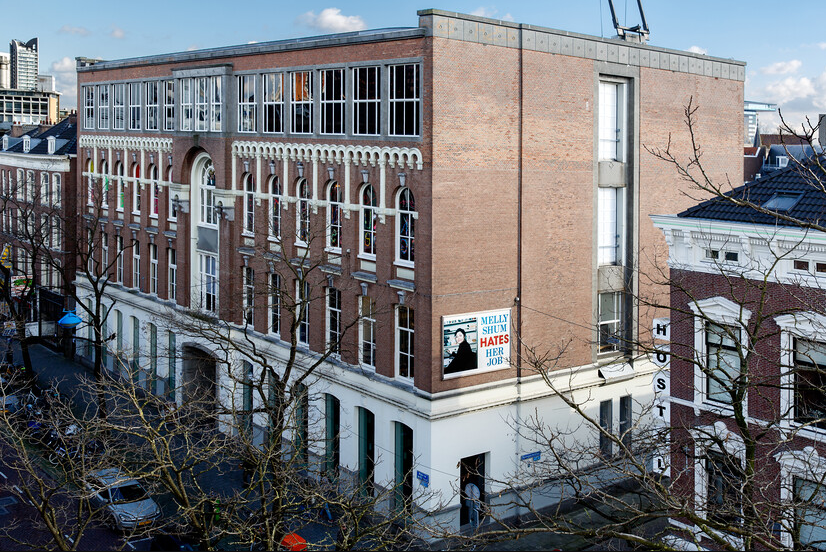

![View of the sculpture of the series Corte Seco [Dry cut] (2021), by Paulo Nazareth during the 34th Bienal de São Paulo. Commissioned by Fundação Bienal de São Paulo for the 34th Bienal de São Paulo](http://imgs.fbsp.org.br/files/81b3a05327e8559c64fc5cda09f3e1f8.jpg)
